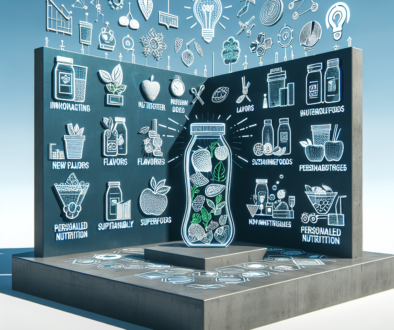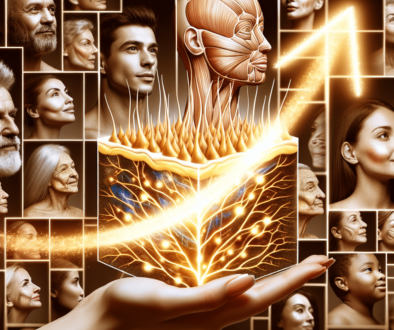Study On Collagen Scaffold Combined With Brain-Derived Neurotrophic Factor Transplantation To Promote Axonal Regeneration And Motor Function Recovery In Rats With Total Transverse Spinal Cord Injury
Keywords
Collagen Scaffold, Collagen Binding Domain, Brain-Derived Neurotrophic Factor, Spinal Cord Injury, Motor Function, Rat
Abstract
Objective To evaluate the effect of collagen scaffold combined with brain-derived neurotrophic factor (BDNF) transplantation in repairing total transverse spinal cord injury in rats. Methods 32 adult female SD rats were randomly divided into 4 groups (n=8): Group A was a sham operation group, only the T9 and T10 spinal cord segments were exposed; Groups B, C, and D had 4 mm long T9 and T10 spinal cord segments removed. Afterwards, groups C and D were implanted with corresponding lengths of linear ordered collagen scaffolds (LOCS) and LOCS combined with collagen binding domain (CBD)-BDNF at the injury site. BBB motor function scores were performed on the rats before surgery and every week within 3 months after surgery. Three months after the operation, the motor evoked potential (MEP) of the rats in each group was detected by neuroelectrophysiology; then fluorogold (FG) was injected into the L2 spinal cord tissue for retrograde tracing, and the tissue was removed 1 week later. The mouse brain and thoracic and lumbar spinal cord tissue were taken. After dehydration, the morphology of the spinal cord tissue was observed; the thoracic and lumbar spinal cord tissue including the injured area was taken for sectioning. Among them, coronal sections of the spinal cord were observed under a laser confocal microscope to calculate the integrated absorbance (IA) value of FG-positive cells; horizontal sections of the thoracic spinal cord tissue were stained with immunofluorescence to observe the modeling of full transverse spinal cord injury and the axons in the spinal cord injury area. Regeneration status, synapse formation status of regenerated axons in group D. Results The BBB scores of groups B, C, and D were significantly lower than those of group A at each time point after operation (P<0.05); the BBB scores of group D were significantly higher than those of groups B and C from 2 to 12 weeks after operation (P<0.05). Electrophysiological testing showed that no MEP was observed in group B; the MEP latency in groups C and D was significantly longer than that in group A, and that in group C was significantly longer than that in group D. The differences were all statistically significant (P<0.05). Observation of spinal cord tissue morphology showed that the spinal cord injury area in group B extended to both ends, and the tissue at the injured site was severely damaged; the spinal cord morphology in groups C and D recovered better, and group D was closer to the normal tissue morphology. Retrograde tracing results showed that the gray matter of the lumbar spinal cord below the injury area of rats in each group was filled with FG-positive cells; in the thoracic spinal cord above the injury area, the IA value in the FG-positive area of group A was significantly greater than that of B, C, and D group (P<0.05), groups C and D were greater than group B (P<0.05), and there was no statistically significant difference between groups C and D (P>0.05). Immunofluorescence staining showed that tissue sections selected from the dorsal to ventral side of the same spinal cord showed a fully transverse spinal cord injury area that was significantly different from normal tissue. The number of NF-positive axons in group A was significantly more than that in groups B, C, and D, that in groups C and D was more than that in group B, and that in group D was more than that in group C. The differences were all statistically significant (P<0.05). Conclusion LOCS combined with CBD-BDNF transplantation can promote axonal regeneration and recovery of hindlimb motor function after total transverse spinal cord injury in rats. For further information of this article and research, feel free to contact our team for asssitance. Original research was done by Hou Xianglin, Dai Jianwu, Li Xing, Yang Bin, Xiao Zhifeng, Fan Yongheng, Zhao Yannan, Han Sufang
About ETChem
ETChem, a reputable Chinese Collagen factory manufacturer and supplier, is renowned for producing, stocking, exporting, and delivering the highest quality collagens. They include marine collagen, fish collagen, bovine collagen, chicken collagen, type I collagen, type II collagen and type III collagen etc. Their offerings, characterized by a neutral taste, and instant solubility attributes, cater to a diverse range of industries. They serve nutraceutical, pharmaceutical, cosmeceutical, veterinary, as well as food and beverage finished product distributors, traders, and manufacturers across Europe, USA, Canada, Australia, Thailand, Japan, Korea, Brazil, and Chile, among others.
ETChem specialization includes exporting and delivering tailor-made collagen powder and finished collagen nutritional supplements. Their extensive product range covers sectors like Food and Beverage, Sports Nutrition, Weight Management, Dietary Supplements, Health and Wellness Products, ensuring comprehensive solutions to meet all your protein needs.
As a trusted company by leading global food and beverage brands and Fortune 500 companies, ETChem reinforces China’s reputation in the global arena. For more information or to sample their products, please contact them and email karen(at)et-chem.com today.



